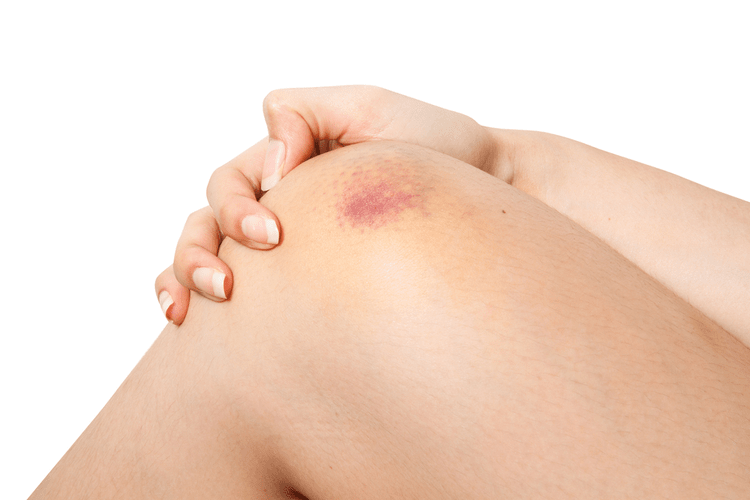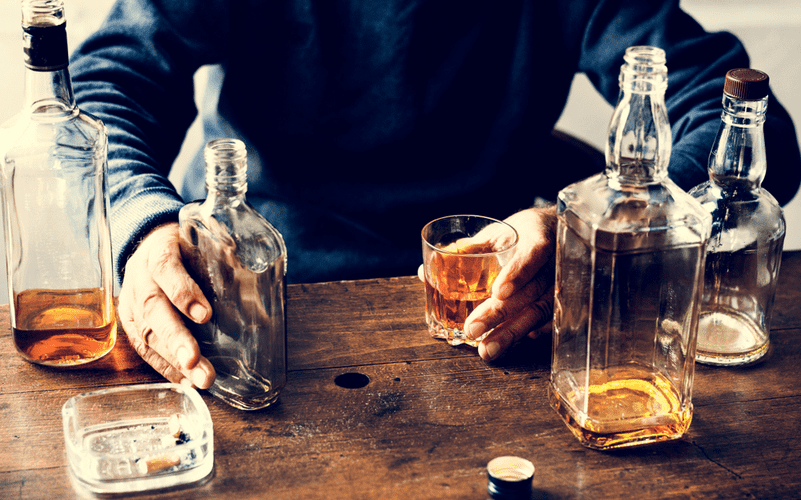Peyote sacred to Native Americans threatened by psychedelic renaissance
At PsychedelicsDaily.com, I believe in the responsible and intentional use of psychedelics, and I am committed to harm reduction and education. If you have any questions or comments related to psychedelics, microdosing, consciousness exploration, or harm reduction, please don’t hesitate to reach out to us. The max human dose is 200–400 milligrams of mescaline sulfate or 178–356 milligrams of mescaline hydrochloride. Upon ingestion, mescaline is rapidly absorbed through the gastrointestinal tract. Mescaline, also known as 3,4,5-trimethoxyphenethylamine, belongs to the family of phenethylamine alkaloids.

Final Thoughts on Peyote
- Thanks to Dr John Halpern a psychiatrist from Harvard Medical School and his study which was funded by The National Institute Of Drug Abuse.
- Peyote is a small (less than 12 cm in diameter), round mint-green colored cactus with fuzzy tufts instead of spines.When peyote is uprooted it resembles that of a carrot.
- It’s a vital link to ancestral wisdom, cultural identity, and healing traditions.
- He recalls losing access to the gardens after the “peyotero” system took over, where government-licensed peyoteros harvested the button-like tops of the plant by the thousands and sold them to Native American Church members.
- For the Huichol tribe of the Sierra Madre Occidental in Mexico, peyote rituals remain a vital aspect of their lives.
They typically begin around dusk and continue through the night, punctuated by prayers, music, and introspection. The Navajo Nation, introduced to peyote ceremonies in the 19th century, has since embraced them completely. Formed in the late 19th century, the Native American Church is one of the most prominent modern institutions preserving peyote ceremonies. This article offers a balanced look at peyote’s traditional uses, botanical science, and the complex legal and ethical considerations it faces today. Peyote (or mescaline) belongs to a class of drugs known as hallucinogens.
How Many People Use Peyote?
- He believes the Native American Church and what would become the Peyote Way of Life was unveiled during that spiritual quest.
- Before you decide to take peyote, we recommend considering more sustainable alternatives.
- Anything over 200g of fresh cactus is considered a very high dose, and is not recommended for novices.
- We also recognize that, just as with any psychedelic, peyote is not for everyone.
Let’s consider set and setting and how this will make a world of difference for you and your plant medicine journey. Your mindset should be pure and good so think of the reasons why you are taking this medicine in the first peyote place. The, “setting” refers to the place or location where your plant medicine journey will take place.
Current legal status of peyote in the US by state
In Mexico, peyote is principally extracted from the Wirikuta Desert in San Luis Potosí. Even though she is Mexican American and a Catholic, Morales, who charges 55 cents a button, considers it a privilege to provide peyote for ceremonial purposes. Her father, who customers called “grandpa,” hosted ceremonies for Native people every year and she has been a keen observer. Peyote is known for producing intense experiences and it has slightly stimulating effects, so it should not be combined with other stimulants.


Preclinical and clinical evidence suggests that psychedelics, such as peyote, may have potential in the treatment of several conditions, including drug addiction, anxiety, and depression 25, 26, 27. The Native American Church (NAC), formed in the late 1800s, also honors the spiritual use of peyote and members sometimes ingest the cactus as a religious sacrament for healing during prayer ceremonies. Although specific elements of peyote ceremonies can vary among tribes, they are always led by a healer marijuana addiction or “roadman” and usually last all night. The use of peyote by the Native American Church was made legal by a 1994 amendment to the American Indian Religious Freedom Act. The Mexican town of Real de Catorce, which is a homeland to many Huichol people, each year sees visitors from all over the world.
